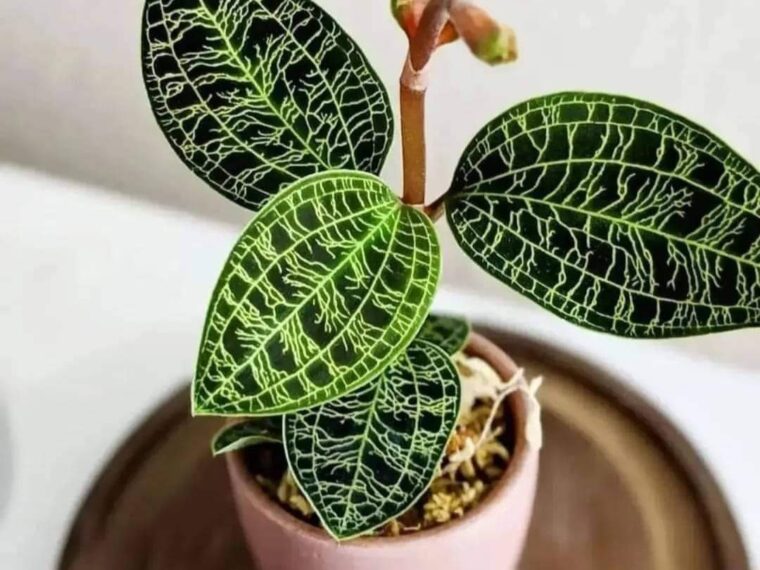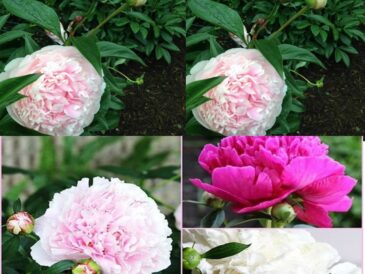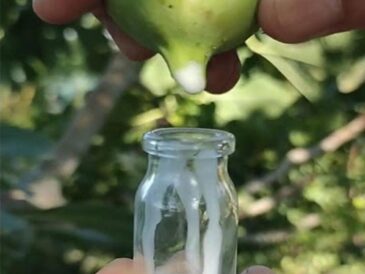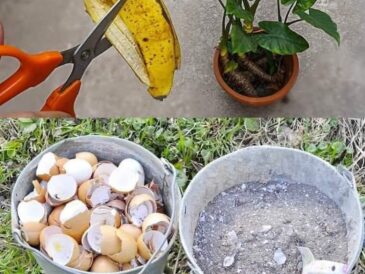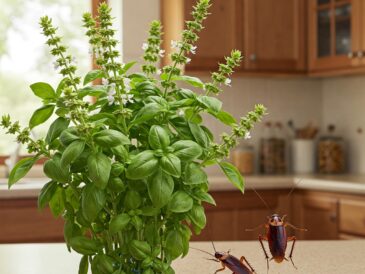The Ludisia discolor, commonly known as the Jewel Orchid, is a terrestrial orchid renowned for its stunning foliage rather than its flowers. It is native to Southeast Asia, including regions like China, Myanmar, Thailand, and Vietnam. Here’s a detailed guide about this unique plant:
- Key Features
Leaves:
The Jewel Orchid has velvety, dark green to nearly black leaves with intricate gold or silver vein-like patterns. These veins shimmer under the light, giving the plant its “jewel” nickname. The leaves are oval-shaped and grow in a rosette pattern.
Flowers:
Small, white flowers with yellow centers. They grow on upright flower spikes, typically appearing in late winter to early spring. While delicate, the flowers are secondary to the beauty of the foliage.
Growth Habit:
This orchid is a terrestrial plant, meaning it grows in soil rather than as an epiphyte (on trees like many other orchids). It stays compact, making it a great indoor plant.
- Ideal Growing Conditions
Light:
Prefers low to medium indirect light. Avoid direct sunlight, which can scorch the leaves and dull their vibrant colors.
Temperature:
Thrives in warm temperatures between 18–25°C (65–77°F). Avoid exposing it to temperatures below 15°C (59°F).
Humidity:
Loves high humidity (50–70%). You can increase humidity by using a humidifier, misting the plant, or placing it on a tray with pebbles and water.
Soil:
Use a well-draining mix, such as an orchid potting mix blended with peat or sphagnum moss. It needs a slightly moist but well-aerated growing medium.
Watering:
Keep the soil consistently moist but not soggy. Water when the top inch of soil feels dry, but avoid letting the plant sit in water to prevent root rot.
Fertilization:
Feed it with a balanced orchid fertilizer diluted to half strength once a month during the growing season (spring to early autumn). Reduce feeding in winter.
3.Care Tips
To continue reading the article please see page 2
